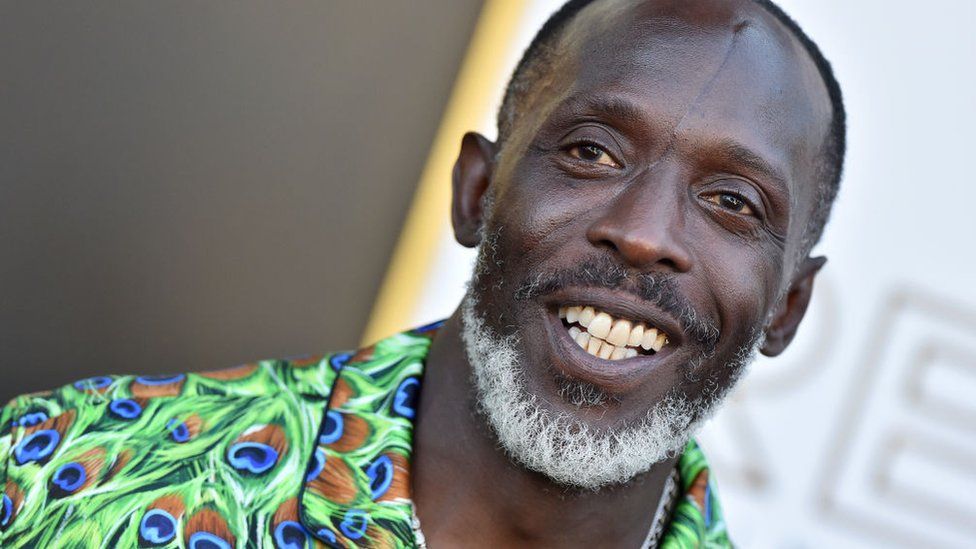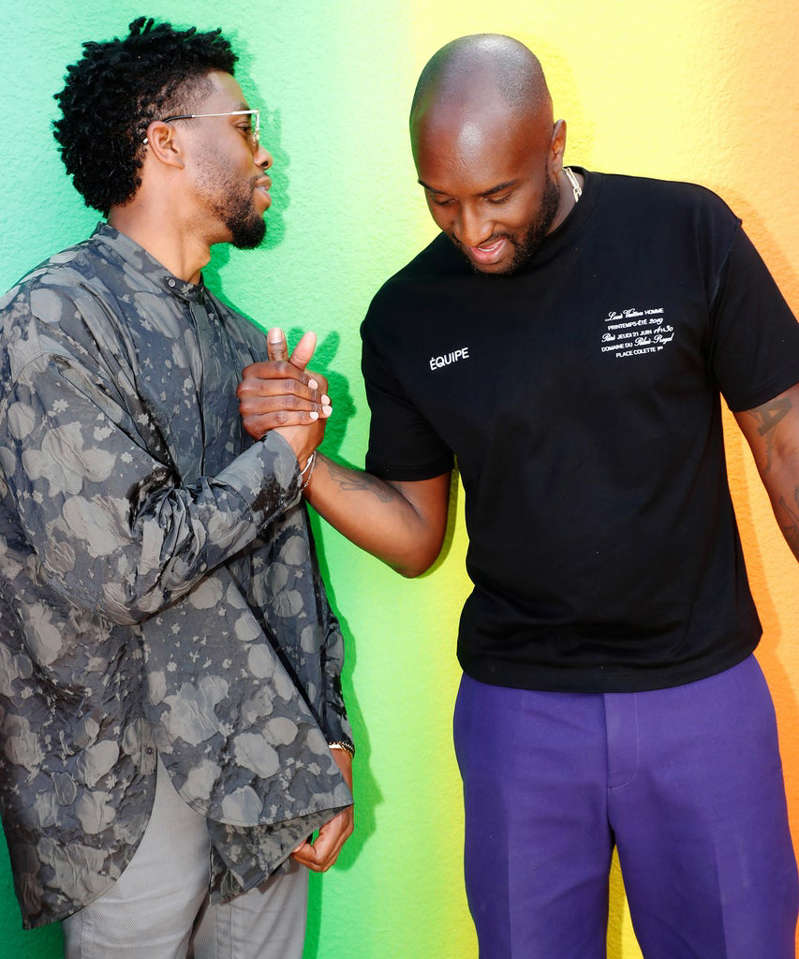When compared with their white peers, young black girls are viewed less as children and more like adults, according to a new research report.
Adults in the United States tend to view black girls as “less innocent” and more grown up than white girls, according to the report, which published by Georgetown Law’s Center on Poverty and Inequality on Tuesday.
Based on those findings, the research suggests that adults may perceive that black girls need less nurturing and protection than white girls, which could influence how black girls are treated in the education or juvenile justice systems.
“If our public systems, such as schools and the juvenile justice system, view black girls as older and less innocent, they may be targeted for unfair treatment in ways that effectively erase their childhood,” said Rebecca Epstein, lead author of the report and executive director of the Center on Poverty and Inequality.
She added that disparities in how black girls are viewed emerge as early as age 5, when some children are still in preschool.
“Our finding that adultification begins as young as the age of 5 was particularly sobering. That means that adults may even see little girls in kindergarten differently, needing less nurturing and support than their white peers,” Epstein said.
“Yet at the same time, the more general confirmation that black girls are adultified was not surprising. Scholars and researchers have observed this phenomenon for years,” she said. “Many experts have observed that stereotypes of black women, especially the stereotype of the ‘angry black woman,’ are projected onto black girls, and that black girls’ behavior is often interpreted as threatening to adults’ authority, which effectively adultifies black girls in harmful ways.”
For the report, 325 adults of various racial and ethnic backgrounds from across the United States were asked to complete a nine-item questionnaire online about their perceptions on young girls’ development today. The participants were recruited through an online service in order to obtain a diverse, community sample of adults, the researchers wrote in their report.
The adults were randomly assigned questionnaires specifically about either black or white girls, not in relation to each other or racial groups. The survey collection started in December and continued over a few months into this year.
The questionnaire included questions like “How much do black (or white) females seem older than their age?” and “How much do black (or white) females need to be comforted?” and “How knowledgeable are black (or white) females about sex?”
For each question, the adults responded using a five-point scale to indicate one – “not at all;” two – “a little;” three – “undecided;” four – “somewhat;” and five – “a great deal.” The adults responded to each question for each age bracket of 0 to 4, 5 to 9, 10 to 14, and 15 to 19 years old.
Even though the online questionnaire responses were self-reports, the respondents were unaware that their responses about black or white girls would be compared with the other race. Therefore, that lowered the risk of respondents hiding their own biases and skewing the data, said Jamilia Blake, associate professor of educational psychology at Texas A&M University and a co-author of the new report.
The researchers found that, overall, the adults were more likely to view black girls as more adult than white girls at almost all stages of childhood beginning around age 5, which Blake said shocked her.
“To me, this is work that’s very close to my heart,” she said. “I think that the negative stereotypes about black women are so pervasive that we are not aware of them and I think we are seeing this trickling down to girls.”
Black girls were more likely to be perceived as knowing more about adult topics, such as sex, and were more likely to be perceived as needing less protection and nurturing, according to the survey results.
“This is the first study to focus on black girls and measure this form of bias against them. It provides important proof that adults view black girls differently than white girls in ways that can significantly affect their lives and long-term outcomes,” Epstein said.
“Our research did not explore why black girls are viewed as less innocent,” she said. “However, it seems clear that a part of the legacy of slavery and race and gender discrimination in this country is that we have not extended the same leniency to black children as white children.”
The researchers modeled their survey and five-point scale after the methodology used in a separate study that published in the Journal of Personality and Social Psychology in 2014.
In that previous study, a separate research team focused on the plight of black boys and found that overall black boys were perceived by the adults who were surveyed as less innocent and more adult-like than their white peers, starting around age 10.
“In everyday life, how folks across races adultify or identify black girls as older, from the mall to the school classroom, can be biased in recognizing the support that they need and the reality that they experience,” said R. L’Heureux Lewis-McCoy, an associate professor of sociology in Colin Powell School for Civic and Global Leadership and the Black Studies Program at the City College of New York, who was not involved in the new report.
“What I would like to see is if the scholars who produced this survey brought these questions to police officers or teachers, who have a lot of contact with black girls, and see if responses would be different,” he said about the new report.
Within the education system, adults’ tendency to view black girls and boys as more “adult” is a plausible explanation for disparities in discipline, with black children potentially receiving harsher punishments than white children for minor offenses, said Brea Perry, associate professor of sociology at Indiana University in Bloomington.
It turns out that, even though black boys face higher rates of school discipline than other students on average, the racial disparities seen in school discipline are even greater for black girls, according to a study that was published in the journal Sociology of Education in February. Perry was a co-author of that study.
“We speculate that racial disparities in discipline are greater for girls than for boys because black girls are especially susceptible to punishment for gendered transgressions,” Perry said.
“In other words, behavior perceived as violating norms of femininity — fighting, disruptive behavior, disobedience, wearing particular kinds of clothing — is more likely to be noticed and punished in girls,” she said. “This is consistent with the ‘boys will be boys’ attitude toward masculinity and boys’ behavior. This gender pattern intersects with race, which is where our research and the Georgetown report converge.”
Perry, who was not involved in the Georgetown report, said that the report “rings true” and described the methodology as “sound.” She hopes that all Americans can use the findings to reflect on their own potential biases, she said.
“Most people are unaware of their own racial and gender biases, which makes it more difficult to address them. Racism and sexism operate through subtle everyday interactions, behaviors, decisions, and evaluations that ultimately have large cumulative effects on the wellbeing and life chances of girls and women of color,” Perry said.
“Racism and sexism are also built into our laws and institutions in ways that are largely imperceptible to the average person,” she said. “As a society and as individuals, we need to confront the issue of race, not pretend we are colorblind. This means bringing hidden biases to the forefront of both a national discussion and interpersonal interactions with the people in our lives.”








